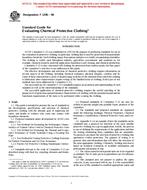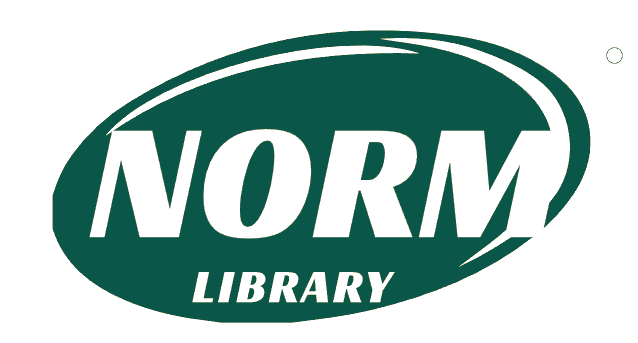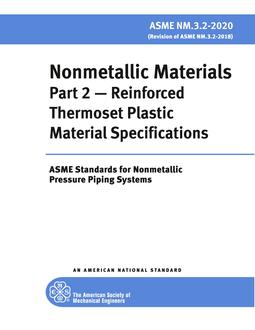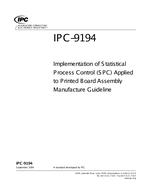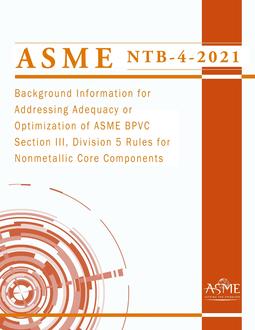1.1 This guide is intended to promote the use of standards in the development, specification, and selection of chemical protective clothing with the ultimate goal of improving the safety and health of workers who come into contact with hazardous chemicals.
1.2 Proposed Standards Under Development by ASTM Committee F-23: Test Method for Resistance to Cut Modification of Test Method F739 to include permeation testing under conditions of intermittent chemical contact (Test) Test Method for Resistance to Chemical Protective Clothing Materials to Liquid Contact-Permeation Cup Method Guide for Contaminating, Decontaminating, Evaluating Residual Contamination in Chemical Protective Clothing Reference Materials (Reference Material) Guide for Documenting the Results of Chemical Permeation Testing of Protective Clothing Materials Guide for Classification of Types of Chemical Protective Clothing Guide for Classification of Materials Used in Chemical Protective Clothing Guide for Classification of Chemicals According to Functional Groups Guide for Minimum Documentation and Test Methods for Chemical Protective Clothing Test Method for Quantitatively Measuring Leak Rate of Chemical Protective and Totally-Encapsulating Chemical Protective Suits Practice for Determining the Liquid-Tight Integrity of Chemical Protective Suits Guide for Chemical Protective Clothing Labelling for User Information Practice for Use of Chemical Protective Clothing 1.3 Standards relevant to the work of Committee F-23 are described along with their key reporting elements and limitations.
1.4 Proposed standards of Committee F-23 are also described in order to provide insight into possible future products of the committee.
1.5 The standards and proposed standards are organized under the following headings: Physical Properties, Chemical Resistance, Classification, Chemical Protective Suits, and General.
1.6 Appendix X1 is an example of how the standards can be combined into a protocol for selection of the most suitable protective clothing for a given application. Briefly, the process is one of defining the requirements of the application and then (by testing) eliminating those candidatesthat are unsuitable. No protocol can yield protective clothing that “guarantees” worker protection, rather the purpose of testing is to generate data and information that will allow the selection of the most appropriate clothing. Ultimately, clothing selection is based on professional judgement and trade-offs.
1.7 The values stated in inch-pound units are to be regarded as standard. The SI units given in parentheses are for information only.
1.8 This standard does not purport to address the safety problems associated with its use. It is the responsibility of the user of this standard to establish appropriate safety and health practices and determine the applicability of regulatory limitations prior to use.
Product Details
- Published:
- 06/10/1998
- Number of Pages:
- 4
- File Size:
- 1 file , 44 KB
- Note:
- This product is unavailable in Russia, Ukraine, Belarus
